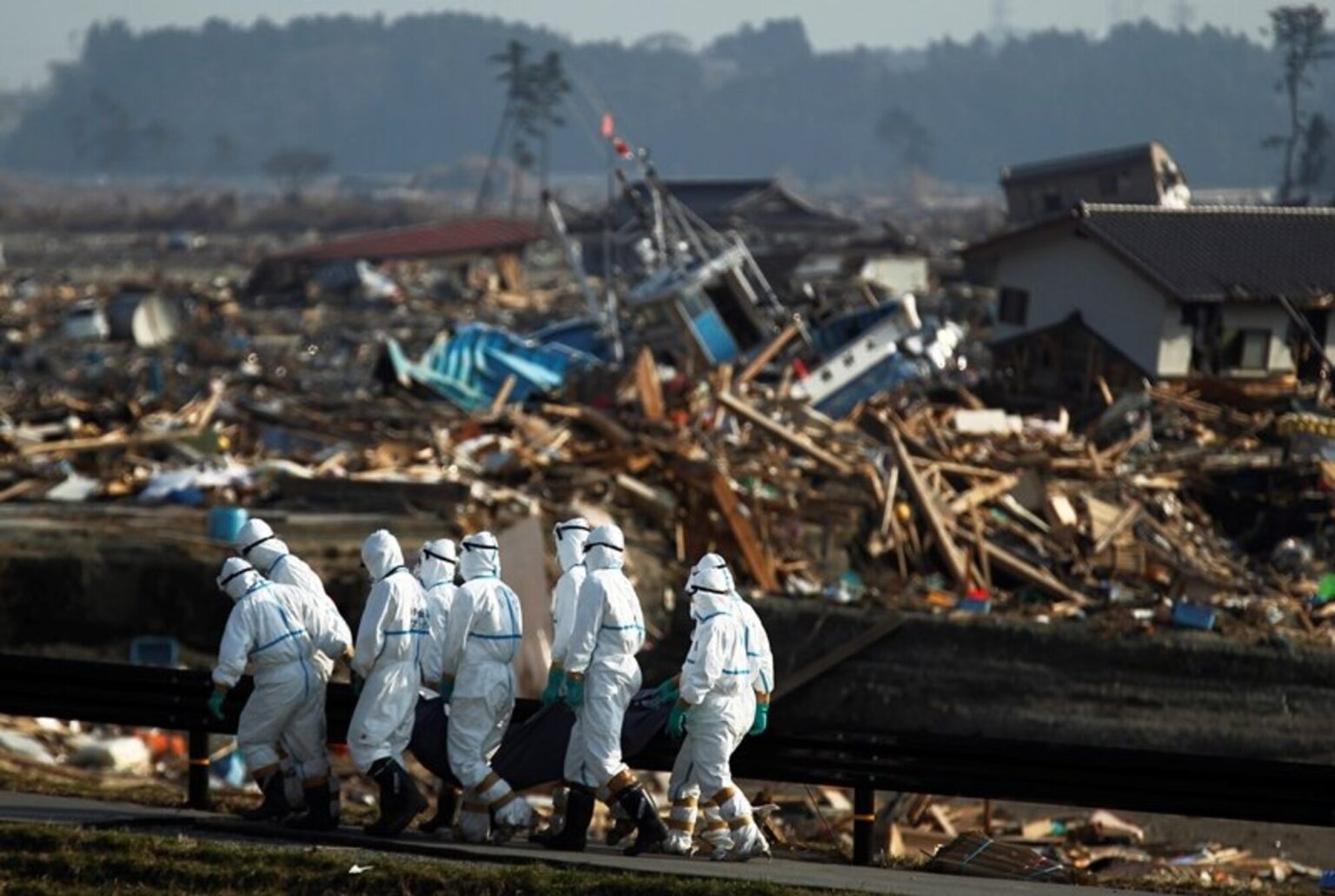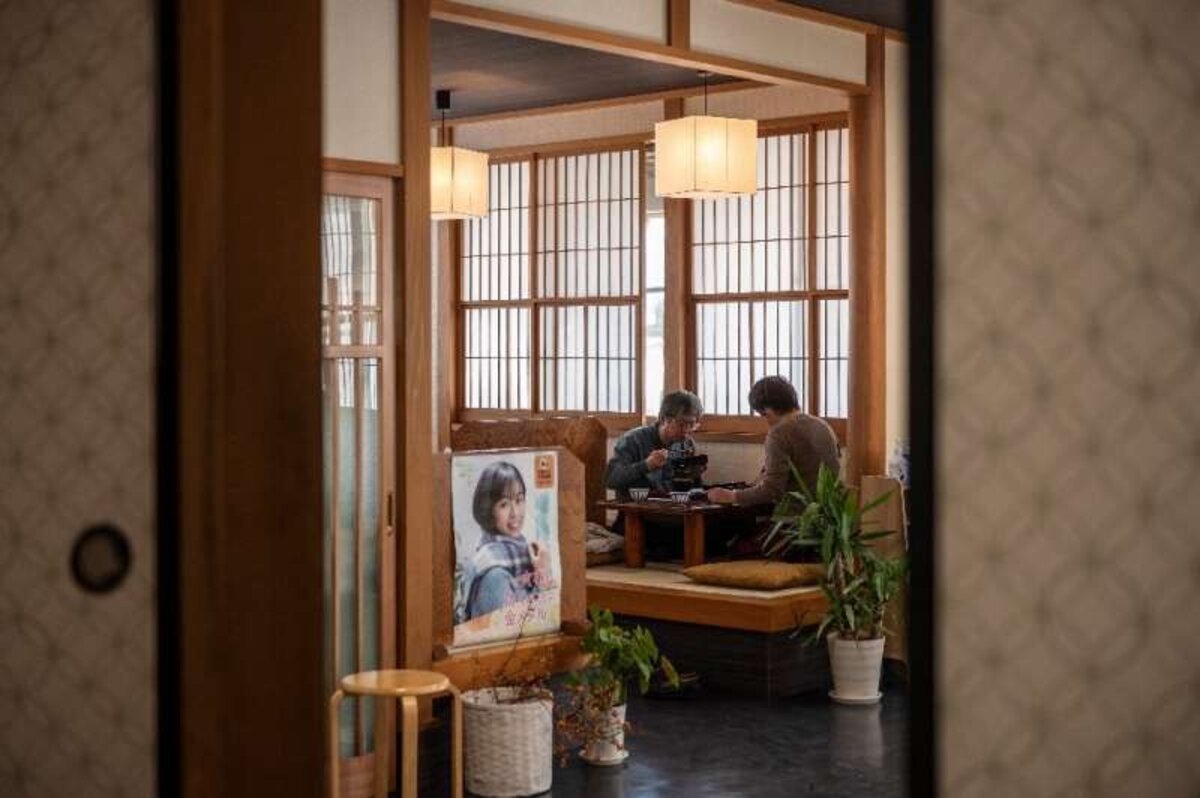
Rebuilding Fukushima: How are residents coping after the disaster?
As Japan marks the tenth anniversary of the unfortunate Fukushima disaster of March 11th, 2011, the area is still struggling to recover from the horrifying event and trying to bring citizens back. Billions & billions of dollars have been put in from the government to bring people & jobs back through decontamination & rebuilding, but progress has been slow. Read on to find out how Fukushima residents are coping a decade after.

Remembering the tragedy
After a magnitude nine earthquake caused a large tsunami, shut off power, and caused meltdowns of three reactor cores, over 160,000 people had to flee from their homes on March 11th, 2011 in the Fukushima prefecture. The Fukushima disaster left about 20,000 people missing or deceased. Since then, the Japanese government has been working hard to rebuild the area to bring people back.
While the tsunami hit the region further north more harshly, that area was at least able to begin rebuilding as soon as possible, starting with mundane rebuilds such as markets or shops. However, other areas that still hold lingering radioactive contamination have yet to even begin reconstruction. This makes the Fukushima region still more like a ghost town even ten years after the horrible disaster.
Bloomberg announced that due to some parts of Fukushima that are still off limits due to the nuclear disaster, “Its future is clouded by the 30 to 40 years it may take to decommission the crippled Fukushima Daiichi nuclear plant, near which millions of gallons of treated radioactive water are in storage”.

Why are people not moving back?
Even four years after part of the town opened back up again, only about 1,600 citizens moved back, which dropped the population from before the Fukushima disaster to more than ninety percent. Bloomberg reported that “Surveys show more than half of those who were evacuated have no intention of returning”.
Akihiro Zenji, one of the workers who helped control the situation at the plant following the nuclear meltdown, admitted that “it’s not going to return to how it was before the disaster”. “The people who really want to come back have come back. Other people my age return to help out, but none of them has come back to live”.
While the government has been trying to bring back jobs, it still is not enough. Hidehiro Asada, who came back to Namie to restart his family lumber company, admitted a lack of employment opportunities has caused a lack of people to return, and said: “Even if they come back, there aren’t any jobs. Retired people will come back, but young people have found work and put down roots where they are. So they won’t come back easily”.

Slow rebuild
The efforts to rebuild from the Japanese government after the Fukushima disaster is currently one of the world’s costliest restoration projects, which comes in at about $300 billion so far. Markets & shops such as breweries or restaurants have even begun popping back up in an effort to bring in more visitors & tourists.
Masakazu Daibo and his family decided to move back to their home after restrictions were lifted in 2017 to revive their past lives by re-opening their eel restaurant but admitted so far that they have no neighbors. When speaking of the food he makes at his eel restaurant, Daibo said: “I want everyone to say ‘Oh, this is a long-forgotten flavour. I hope that my presence will shine a light on this town”.
While Zenji admits things clearly aren’t the way they used to be, he remains hopeful in the region’s efforts to rebuild & revive the area. “If people say it’s not progressing, or it’s slow, that’s not the case. I’ve been watching it all along from the time when the reactor exploded, and there was no one around, the traffic lights didn’t work, there were no lights and everything was silent,” he said. “People are now able to live here”.







